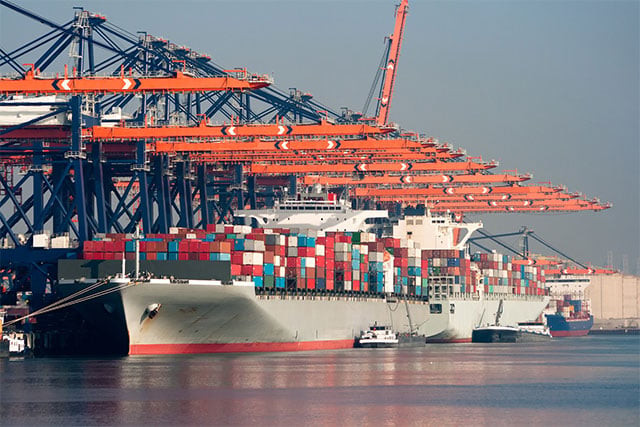South Asia the next export centre – what can Pakistan learn?
Region has the potential for impressive growth only if appropriate measures are taken

PHOTO: EXPRESS
China hopes India, Pakistan will improve ties through dialogue
Can the region use the potential of this labour force to become the next manufacturing hotbed and export powerhouse? This has been discussed in a recent publication by the World Bank, “South Asia’s Turn: Policies to Boost Competitiveness and Create the Next Export Powerhouse”. The report states that to realise the potential of this region, countries should increase regional integration, take advantage of agglomeration economies and improve business environment.
But, what can Pakistan learn from this report?
The South Asian picture
Overall, South Asia has underperformed in terms of both quantity and quality of their exports. This has been attributed primarily due to low productivity, which is a pivotal factor towards sustained export competitiveness. The region has also made little progress towards diversifying its exports and moving up the value chain. This is evidenced from the fact that almost 80% of the region’s export growth from 2001 to 2013 came from the sale of the same goods to the same destinations and the remaining 20% came from selling the same products to new markets.
However, there are certain pockets of industries which show that some of the leading firms in South Asia can achieve world class levels of operational performance, efficiency with the right management. With the right policy framework, not only can these pocket of industries grow but can also inspire other industries to follow suit. These are the light manufacturing cluster in Sialkot, apparel sectors in Bangladesh and Sri Lanka, and electronics and auto firms in India. One particular policy emphasis given by the World Bank report to South Asian governments is to increase intra-regional and global ties of these industries. This has particularly been the case with Pakistan.
The Pakistani picture
Pakistan derives its exports primarily from the textile group which contributed almost 58% to the export base of the country. The country also has a very small share of global merchandise exports, which stands at 0.135% from 2010-14. In recent years, Pakistani exports have not fared well due to lower unit values of textile products and slump in cotton production. The recent monetary policy statement released by the State Bank of Pakistan (SBP) on March 25 has also highlighted that although expansion in Pakistan’s economic activity has been translated in an increase in imports, there has been a lack of a sustained improvement in exports.
With advent of Russia: CPEC a ‘scenario-changer’ for South Asia, say speakers
Exports have declined by 2% in July-Feb compared to the same period last year. Although this decline was broad-based, exhibited across all commodity groups, it was largely due to the textile sector. A large decline in the exports of raw cotton due to lower demand from our traditional export market in China and modest improvement in knitwear and bedwear have been some of the main reasons behind this decline. It is time that the government forms a comprehensive strategy.
Policy prescriptions
By 2030, more than a quarter of the world’s working adults will live in South Asia. Pakistan and other countries can seize the opportunity of its dynamic demography to become the world’s next manufacturing and export powerhouse. Efforts must be taken to increase productivity and improve firm competitiveness.
The writer is an economist and ex-central banker
Published in The Express Tribune, April 3rd, 2017.
Like Business on Facebook, follow @TribuneBiz on Twitter to stay informed and join in the conversation.



















COMMENTS
Comments are moderated and generally will be posted if they are on-topic and not abusive.
For more information, please see our Comments FAQ